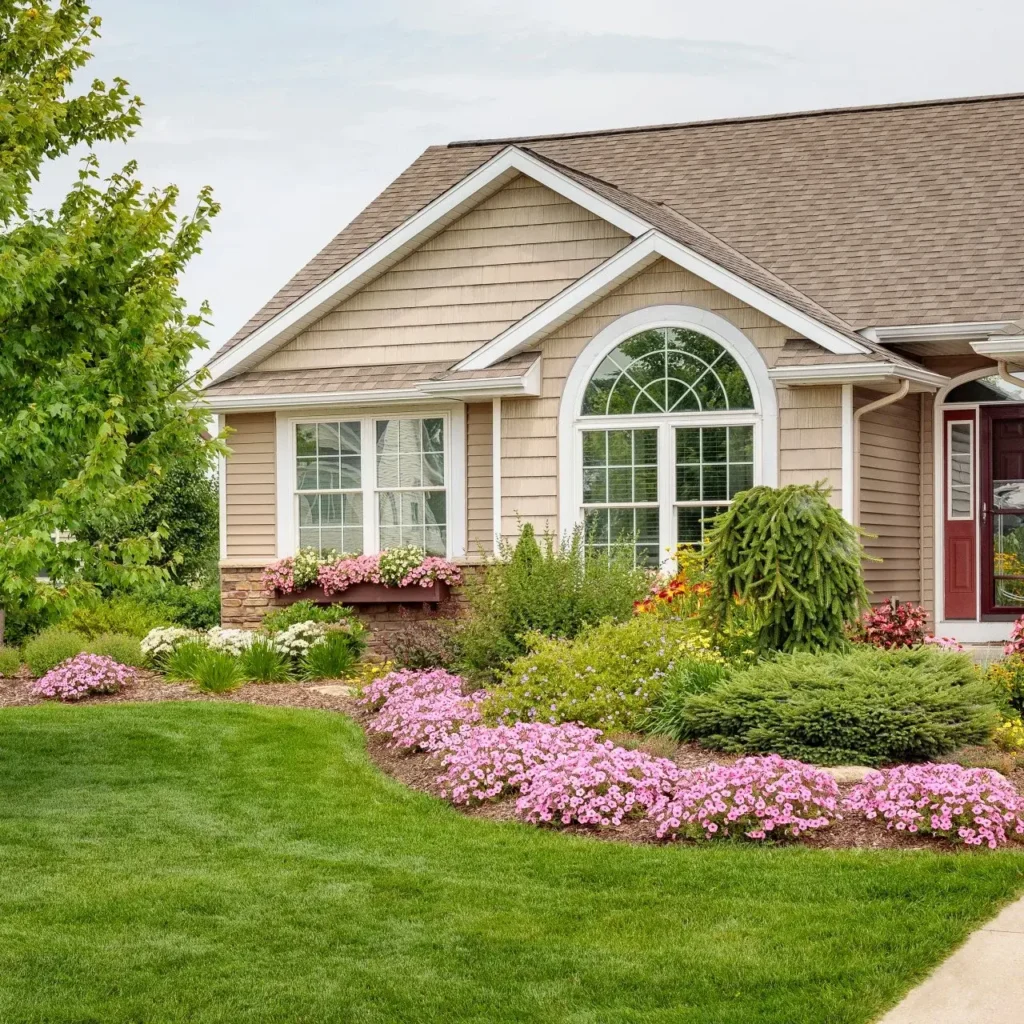Table of Contents
- Choosing the Right Plants
- Incorporating Groundcovers
- Utilizing Decorative Elements
- Implementing Efficient Irrigation
- Seasonal Maintenance Tips
- Final Thoughts
Transforming your yard into a lush, attractive oasis shouldn’t demand endless hours of work. Thoughtful plant selection and smart design approaches can create a thriving outdoor space that remains beautiful in every season—all with minimal effort. By focusing on the right combinations of plants and hardscape elements tailored to your local climate, anyone can enjoy a landscape that is both functional and effortless to maintain. For residents seeking expert assistance, landscape maintenance Colleyville services can simplify the process of maintaining your yard by eliminating the guesswork.
Low-maintenance landscaping involves making strategic choices in every facet of your yard design, from drought-tolerant plants to mulches and decorative stones that reduce the time spent weeding and watering. As a result, you save resources, reduce water usage, and boost your home’s curb appeal—but without being tied to weekly yard chores. This guide walks you through a blend of practical and creative ideas to achieve a landscape that looks vibrant and requires minimal intervention.
Choosing the Right Plants
The foundation of any low-maintenance landscape is a robust palette of resilient, low-care plants. Selecting shrubs and perennials that thrive year after year with minimal attention helps reduce the need for watering, fertilizing, and pruning. Some ideal choices include:
- Spirea: Renowned for its ability to produce vivid flowers in spring and summer, spirea shrubs easily adapt to different soil and light conditions. They require only occasional pruning to maintain a neat and full appearance.
- Lavender: With aromatic foliage and lovely purple blooms, lavender is both a beautiful and practical addition to the landscape. Drought tolerance and attraction of beneficial pollinators are additional perks. This makes lavender a standout in water-wise gardens.
- Boxwood Shrubs: For evergreen structure and year-round color, boxwood is an excellent choice. These shrubs remain neat and compact, requiring only an annual trim to maintain their shape.
Incorporating Groundcovers
Groundcovers are unsung heroes in low-maintenance settings. Spreading plants like creeping thyme and sedum not only covers bare soil but also reduces weed growth and the need for constant mulching. Once established, many groundcovers require minimal supplementary irrigation and care.
- Creeping Thyme: Thrives in full sun and well-drained soils, releasing a pleasant scent when walked on and tolerating some neglect.
- Sedum (Stonecrop): This succulent performs well in dry, rocky landscapes. It provides lush mats of color with virtually no upkeep beyond initial planting.
Groundcovers are also excellent for filling awkward spaces between flagstones or along walkways, thereby reducing the area that requires mowing and regular maintenance.
Utilizing Decorative Elements
Incorporating materials such as rocks, gravel, or mulch enhances both the landscape’s appearance and functionality. Not only do these elements help suppress weed growth, but they also even out soil temperature, retain moisture, and minimize watering needs. Decorative gravel and river rocks are particularly useful in creating pathways, borders, or dry creek beds that look appealing year-round with almost no maintenance.
By incorporating decorative hardscape features, you can further reduce your reliance on turfgrass, freeing yourself from the constant mowing and fertilizing tasks associated with traditional lawns.
Implementing Efficient Irrigation
Watering is a key consideration for sustainable landscapes. Automated irrigation systems, such as drip irrigation or smart sprinklers, provide tailored hydration to your plants, maximizing efficiency and preventing overwatering. These systems can be scheduled or even connected to weather sensors to ensure your plants only receive water when they need it.
Drip irrigation directs water straight to the roots where it’s needed most, minimizing evaporation and contributing to water conservation efforts, which is especially advantageous in regions prone to drought. This not only saves time and effort but also helps maintain healthy plant growth throughout all seasons.
Seasonal Maintenance Tips
Low-maintenance gardens will thrive with some minor seasonal attention. Establishing a simple routine for key times of the year ensures landscape longevity and keeps your yard looking its best with little extra work:
- Spring: Reapply mulch around your plants to hold moisture and suppress emerging weeds.
- Summer: Closely monitor your plants for signs of pests or diseases, and address any issues as soon as they arise to prevent them from spreading.
- Fall: Prune back overgrown shrubs and clear fallen leaves to prevent disease and help your plants prepare for winter dormancy.
- Winter: Protect sensitive species with frost cloths where necessary, and use this downtime to plan any new additions or improvements to your landscape design.
Final Thoughts
Embracing the principles of low-maintenance landscaping allows you to enjoy a lush, beautiful yard all year long—without sacrificing your weekends to garden chores. By opting for hardy plants, groundcovers, and decorative rock elements, and installing efficient irrigation, you can reap the benefits of a thriving, sustainable outdoor space.
Also Read-Tech Console DefStartup: Empowering Gaming Innovation


